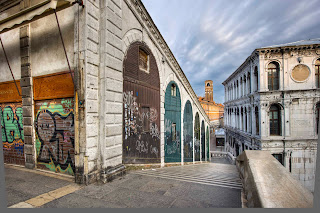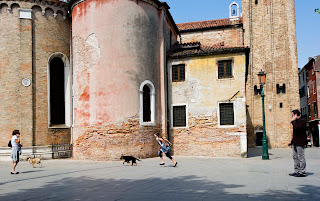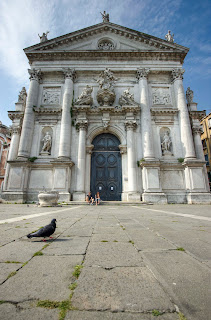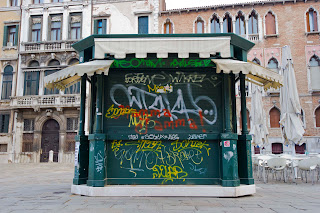









"An encounter with S. H. Lim (Vivat Pitayaviriyakul) and his fashion and glamour photography is akin to a trip in a Time Machine. Back to the glory days and uncomplicated appeal of Thai cinema and beauty contests post-1957. His photographic prints have become the memory of that age, appearing as magazine covers, calendars and movie posters; all of them vivacious, beautiful, elegant, cool and dynamically sexy: Thailand’s first Miss Universe, Apasara Hongsakul, stepping out of an aeroplane fresh from her triumph in Miami, an angelic visitation to earthlings; Priya Rungruang, eternal sex siren, in a ‘two-piece’; Apuntree Prayuthsenee, Miss Thailand 1967, in Thai traditional dress. Or bikini-clad free-spirited star Orasa Israngkura na Ayathaya, exuberantly leaping in the air over coconut fronds. These are iconic images, but their photographer remains unknown to most of us.
S. H. Lim, a Thai photographer of Chinese blood, was born in 1930. A self-taught lensman, he took pictures for many well-known Thai publications such as Sakul Thai, Bangkok Weekly, Ploenjit, Or Sor Tor and Seansuk, from 1962 until his retirement after 1987. In 1963 he was awarded the silver and bronze medals by the New York Kodak Expo Photography Contest.
Kathmandu Photo Gallery is proud to present the work of S. H. Lim (Vivat Pityaviriyakul), as the first of our ‘Seeking Forgotten Thai Photographers’ project to highlight master photographers hitherto neglected by official Thai photographic history."
(copied from http://www.kathmandu-bkk.com/exhibition_present01.html )
One of the most interesting photos in this exhibition was of a girl sitting on a beach with her back to the camera. In the foreground is a stick in the sand with the model's bra draped over the stick. This is quite an old photo and for such a conservative country this would have been a very daring photo to make and display in public. It still looks very enticing even today.

Below is a palladium print made from large format film created by Tillman Crane. It was taken at St Columba’s Chapel, Isle of Iona. In the foreground of the frame is an old window ledge with several small stones of different sizes and shapes. In the center background there is the lower part of a window, and old white washed walls on either side.
Crane has captured the mystery of the scene in a simple style. He has made sure the main subjects are correctly exposed and left the window highlighted. There is no need to see what is outside as the story is about the stones and why they are placed on the window sill.
Before reading about the location of the scene, I felt that it was indeed somewhere old and used from the rough stone work and small window frame. The image fills me with sadness for some unknown reason; perhaps because of the feeling of remoteness that I get from the image and the unknown story behind each stone. Were they all placed there by one person or several different people? What were they thinking, feeling when they placed the stones?
I feel drawn to this place to witness this simple but mysterious scene and of course to photograph it in such a way as to capture the same feeling as I get when viewing Crane’s photograph.









Looking at Photographs by John Szarkowski
This book contains 100 pictures from the Museum of Modern Art, New York that have been chosen and written about by John Szarkowski.
The majority of the photographs are by famous photographers and Szarkowski provides an interesting essay in the form of historical notes about when and where the photograph was taken, some history about the photographer and for some of the photographs he explains why the aesthetics of the photograph work.
As John Szarkowski was one of the most important advocators for promoting photographs as pieces of art and promoting certain photographers to be entered into the cannons of Master Photographers, I was slightly disappointed that he has not provided more of his knowledge about the aesthetics of these photographs; in other words, why he considered a particular photograph to be so successful.
I don’t believe that Szarkowski chose all of the photographs because he thought they were aesthetically successful, but more of a mixture of aesthetics and some simply because they had an interesting history either in the form of when and where or who had taken them.
I do wish one of the few famous photo critics or someone as respected as John Szarkowski would write a book titled “This Photo is Successful Because”.
Sometimes wishes are granted; two months after reading the above book I sent away for Why Photographs Work by George Barr - 52 Great Images: Who Made Them, What Makes Them Special and Why.
This is the book I have wished for so many times. It contains a wide variety of images from famous to not so famous photographers. George Barr provides his thoughts on why each image is special then the photographer who took the image explains what their thoughts were in making the image. A short biography of each photographer is included and some technical information.
I believe this book will soon be added to the usual list of photography course work recommended books. There is nothing else out there that I have seen that will teach one so much, so quickly, so precisely and so interestingly.
Two thumbs up from this photographer!
